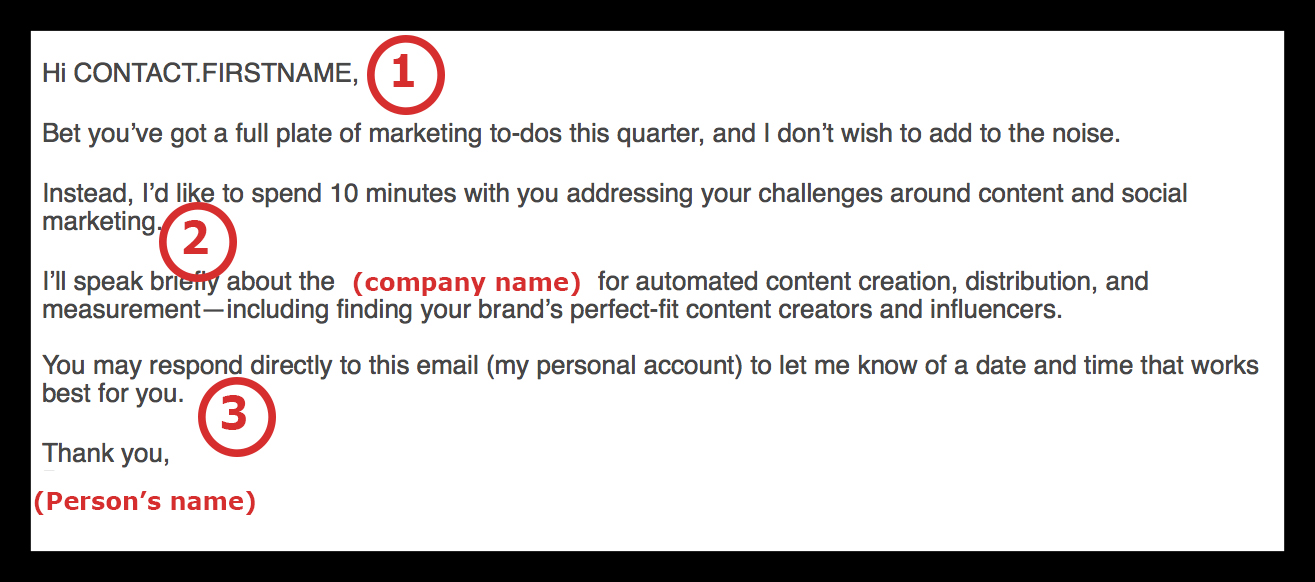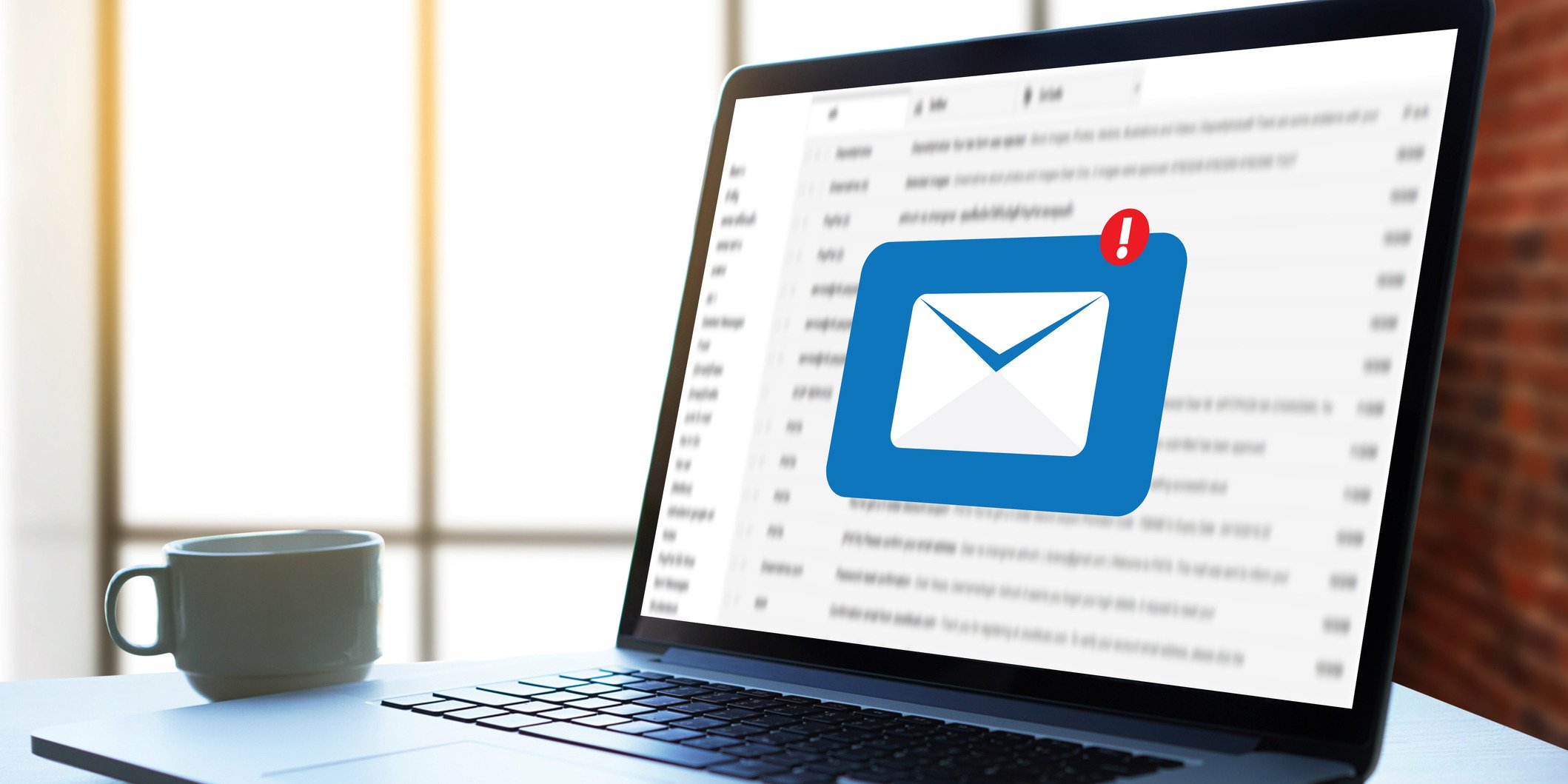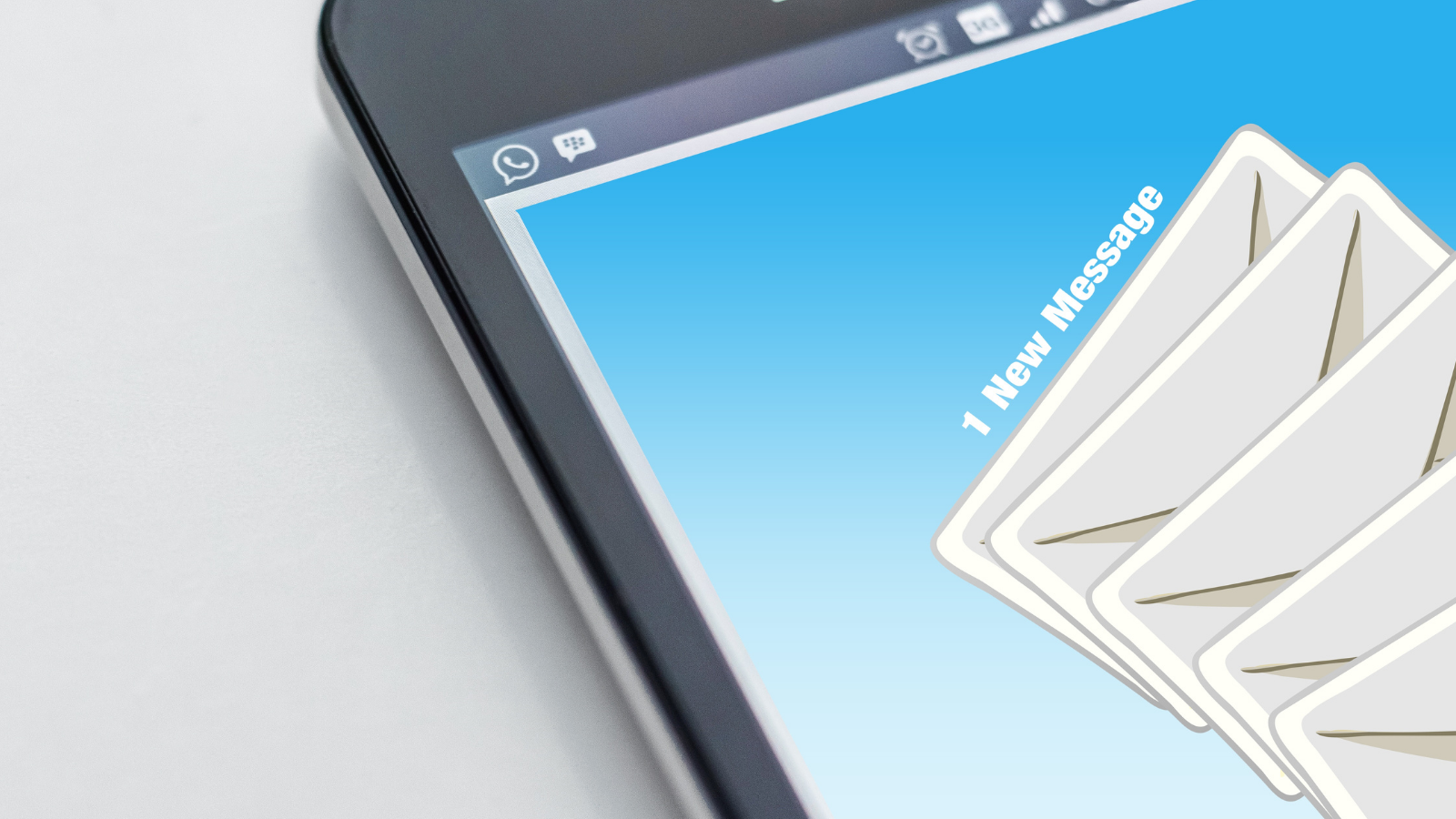11 Key Email Workflows That Will Define Your B2B Marketing & Sales Funnel
When it comes to email marketing, it’s a tough battlefield. There are many things that make the difference between an email that gets read versus...
2 min read
 Matt Sunshine
:
May 12, 2021
Matt Sunshine
:
May 12, 2021

In marketing and sales, we send a lot of emails.
We thank people for downloading our content, we offer additional resources, we ask them if they have any questions, we follow up with them to see how they’re doing, and we ask for their business. We know that most people are dealing with full inboxes, so we try to make our emails short, relevant, and valuable.
Of course, I’m also a buyer of things, so people send me follow-up emails asking how I liked the eBook or whitepaper I downloaded. A recent email was a perfect example of what NOT to do when sending marketing emails. 
They sent an automated email, and couldn’t get my name right.
Now, this could be (and likely is) a simple technical error. But that doesn’t mean it warms my heart to get an email calling me CONTACT FIRST NAME. Test your emails. Don’t rush your automation. More people will respond to their own name than something generic. If you’re using software to help you get it right, test, test, and test again!
Ten minutes of my time? The problem here is starting a follow-up email with something you want from me.
Never forget that your potential customer owes you nothing. I know you want my time, and very likely, my dollar. But remember, the very best way to get someone to do what you want is to provide value to him or her. This email provides no value, and it asks for a conversation where the sender will do all the talking. Before you send anything, before you make a presentation in front of a potential buyer, remember to tell them what’s in it for them (because that’s what they want to know!).
Telling your prospect that they can respond to your personal email does nothing for them. The sender of this email hasn’t given me a reason to respond. Make your call to action stronger. End it with a question. Give the person a reason to respond (other than the fact that they’ll have the privilege to respond to your own personal email address). Remind them why you have their email address in the first place. Give them a link for more information.
There are four changes to make to this email that would make it more likely for future potential customers to respond:
First, get the name right, especially if you’re selling automation tools. Walk the walk, so to speak. If you don’t ask for people’s first name, stick with “Hi there,” or something generic. And start capturing first names so this doesn’t happen again.
Second, if you have ten minutes of challenges you could discuss, write them down in question form. Ask me if I’ve experienced any of the problems your product could solve. Test the response rate of each problem, and continue using those that get people to hit “reply.”
Third, create some urgency in the call to action. Ask if we can talk today or tomorrow.
Fourth, personalize it a little. Add your picture at the bottom of the email! Make it feel like I’m hearing from a person. I cut the person’s name off the image, but he or she signed it with simply a first name. If your prospects don’t know you, make sure the “from” address or your signature line includes your company.
It takes just as much time to send a great follow-up email as it does to send a terrible one. The difference is the more great emails you send, the more likely you are to turn prospects into customers. But when you send bad emails… well, you see what happens.
Editor's Note: This blog was originally written in 2016 and has since been updated.

When it comes to email marketing, it’s a tough battlefield. There are many things that make the difference between an email that gets read versus...

Email is an effective channel for businesses to nurture leads, generate revenue close business, and keep clients updated. But only if you use it...

There are over 3.9 billion email users worldwide, and in 2023 that number is estimated to be 4.3 billion. So, is the act of reaching out via email to...